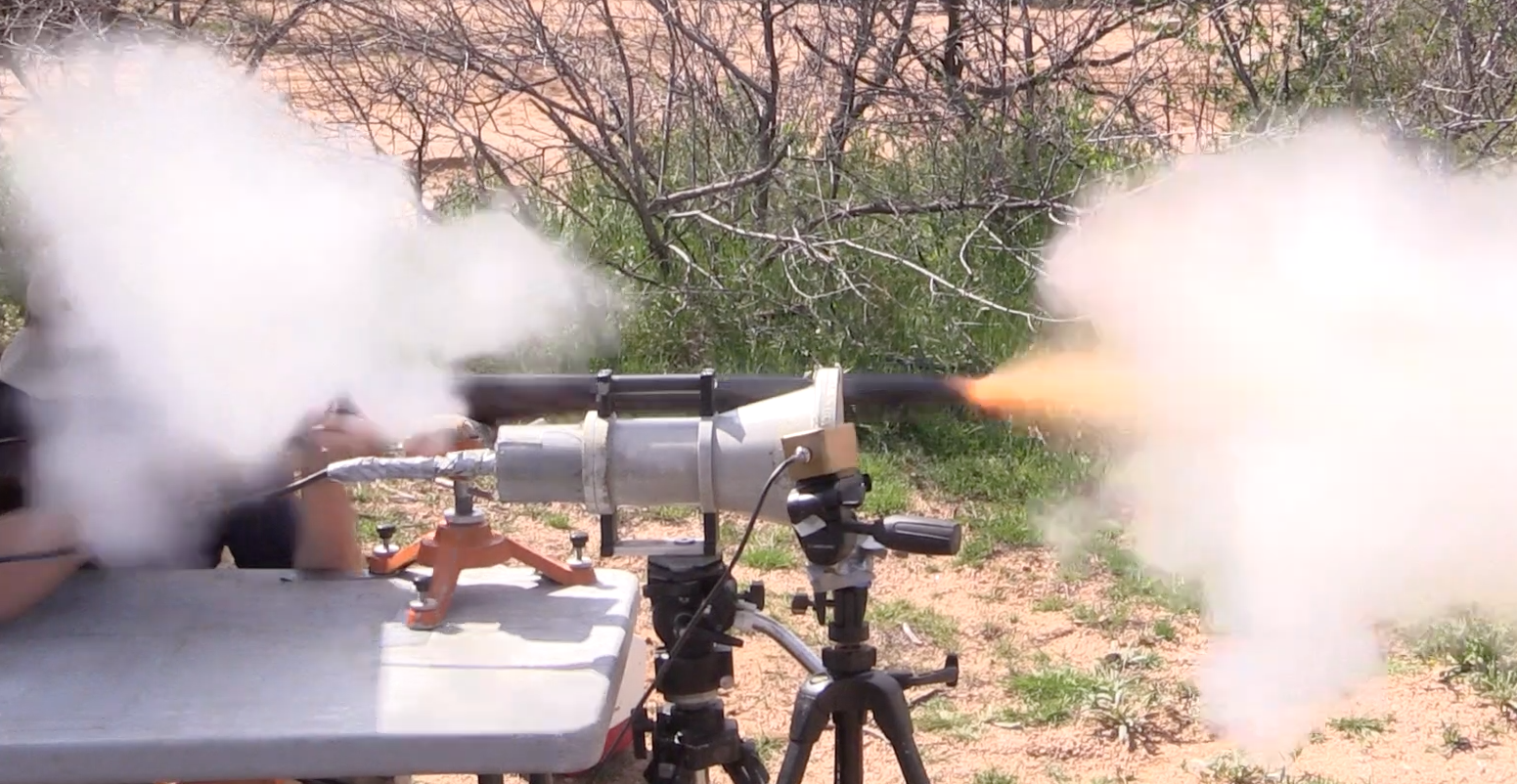RIA’s catalog page for this revolver
Adopted in 1880 to replace the Adams revolver, the Enfield MkI was based on an extraction system patented in the 1870s by Owen Jones of Philadelphia. This was similar in practice to the Merwin & Hulbert, with the barrel and cylinder hinging forward while the cartridge cases were held to the back of the frame. This system allowed empty cases to drop free (except the 6 o’clock position one, which often stuck) while retaining any unfired cartridges in the cylinder. Because the extractor star was fixed to the frame, the piece had to be loaded one round at a time through a loading gate (again, like the Merwin & Hulbert).
In 1882 a number of improvements were made to the design and lockwork, including features to prevent the cylinder from rotating freely and to disconnect the hammer when the loading gate was open. This was adopted as the MkII in 1882. A further change was made in 1887, following the death of a Royal Navy sailor whose gun fell out of its holster and discharged upon hitting the hammer. A new safety mechanism was added to prevent this from happening again, and most guns in service were retrofitted with it.
The Enfield was generally not well received, as it was heavy and a bit awkward to handle. It was issued to the Army, Navy, and RCMP, but replaced by the first adopted Webley top-break revolvers in the late 1880s (Enfield MkII production ceased in 1889). Unlike the Webleys and other private-production guns, there was never a civilian version of the Enfield MkI or MkII made, and they are scarcer to find today as a result.



In spite of scarcity, Stembridge Gun Rentals in Hollywood apparently had several. On the old The Wild, Wild West TV series in the 1960s, Enfields showed up on at least a couple of occasions as the sidearms of “secret police” types from Ruritanian principalities in Europe (thin disguises for Austria-Hungary and Prussia, mostly). And yes, since the show was set in the Ulysses S. Grant administration (1869-1877), they were anachronistic. But of course most viewers didn’t know that.
Incidentally, the Merwin-Hulbert Pocket Army .44-40 showed up in at least one episode, as did the first model Montenegrin Gasser revolver in 11.3 x 36Rmm.
cheers
eon
Too much weirdness for practical use. I suspect it easily jams in mud!
Well, if you put it in mud you deserve to have it jam.
I didn’t mean intentionally throwing it in mud, but you are correct about that matter. Dunking the AK rifle entirely in mud is also a stupid idea (there is an open slot behind the bolt handle, which can easily let mud into the receiver and jam it).
The “sailor” whose Enfield killed him is named in Ezell’s book as an officer, Lt. H. E. Rooper, RN. If an enlisted man had been killed, I’m certain the death would have been listed as his own bloody fault. Officers, however, don’t make mistakes, thus it was an equipment failure. Lt. Hooper had bent over the gunwale to empty water from his boots; the gun fell less than two feet. There followed the hoopla.
Very sad that I was never able to own one of these. Fascinating pistol. I love these crazy designs of the Victorian era.
Wait. What do you do if you have a Miss fired cartridge? Since the bullet would still be in and it wouldn’t clear the gap
You use the gun as a five-shooter until such time you can poke the misfired cartridge out through the loading gate with a stick, Reichsrevolver style. Or you might even use your pinky finger if no stick is available.
In light of the general weirdness of late Victorian handgun design, what do you know about the Fairfax-Gabbett Mars self loading pistol?
I am aware that it was a very bulky and difficult pistol to manage and the .360 cartridge gave ballistics in the realm of the .357 Magnum and I am curious about the type of powder that was being used.
Had the chance to buy one of these in the 1970’s for $150.00. Wish I had. Haven’t seen one since.
If you think you don’t like it now wait til you shoot it. Weird grip, very heavy double action and a hammer spur impossible to reach with the thumb of your shooting hand. But a nice collectors item.
Ya know, when I saw “Enfield MkI” and a picture of a revolver, my mind went to the Enfield No 2 in 38/200 as used in WW2 and assumed we would be talking about a prototype. Never knew this beast existed ! Thanks, Ian